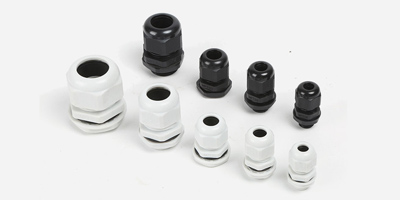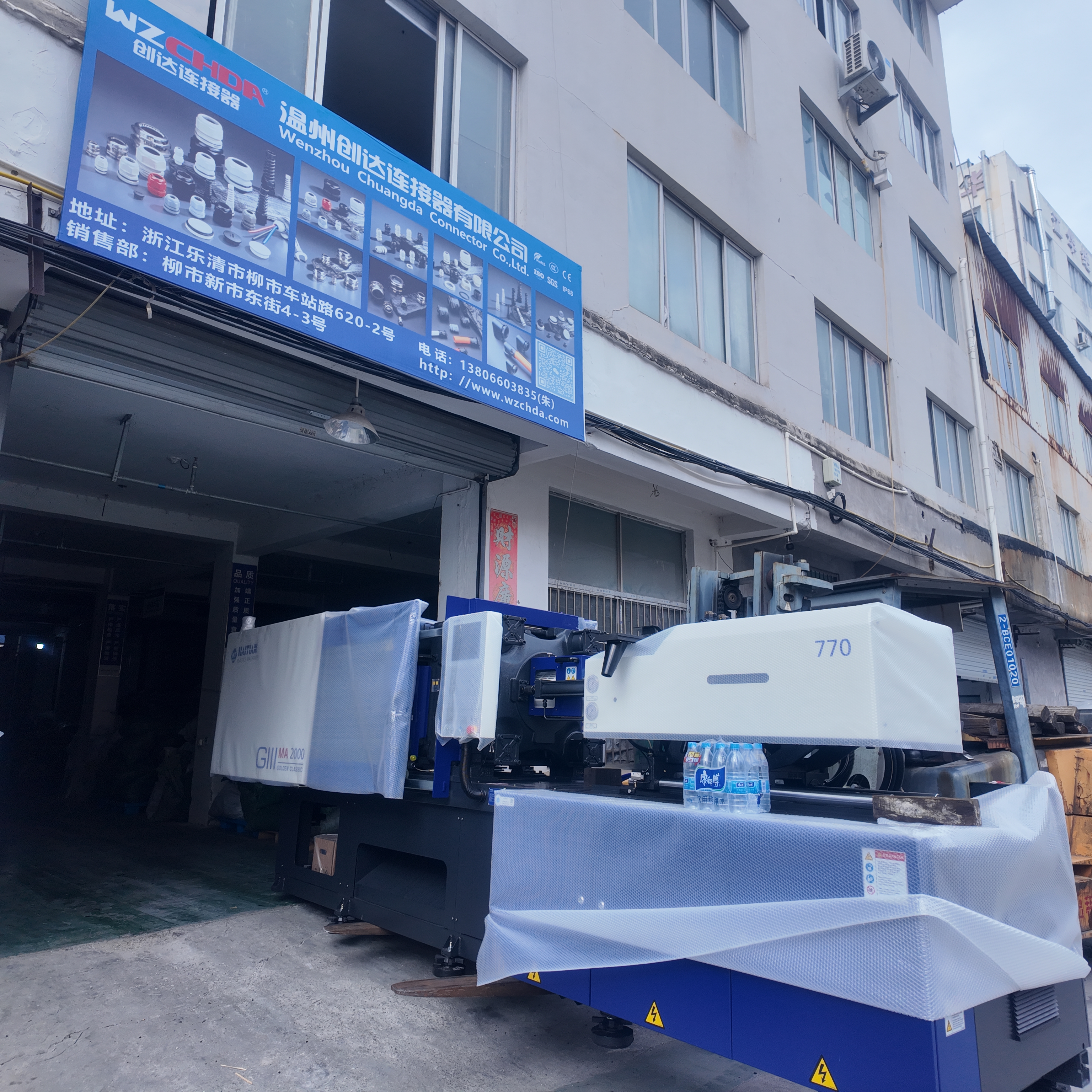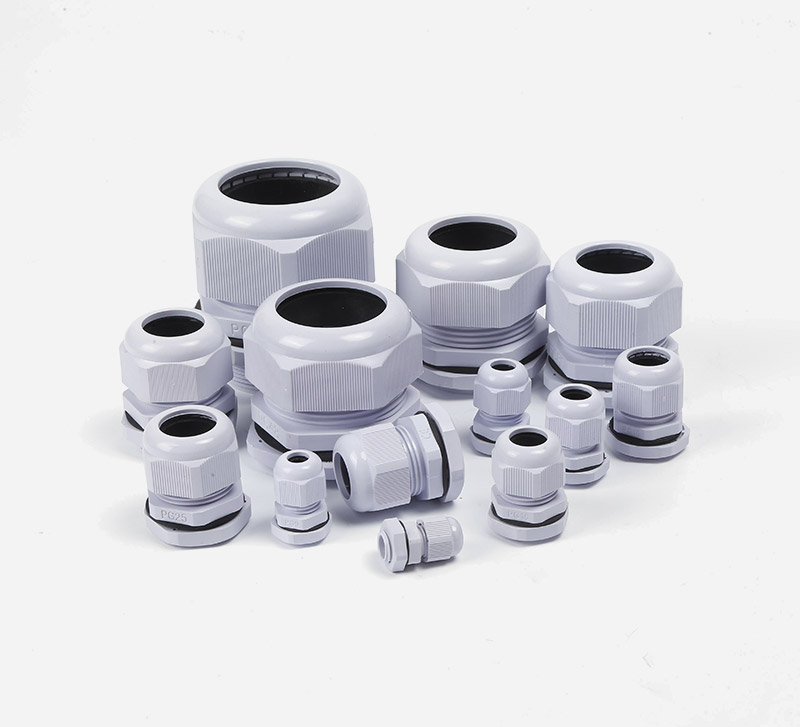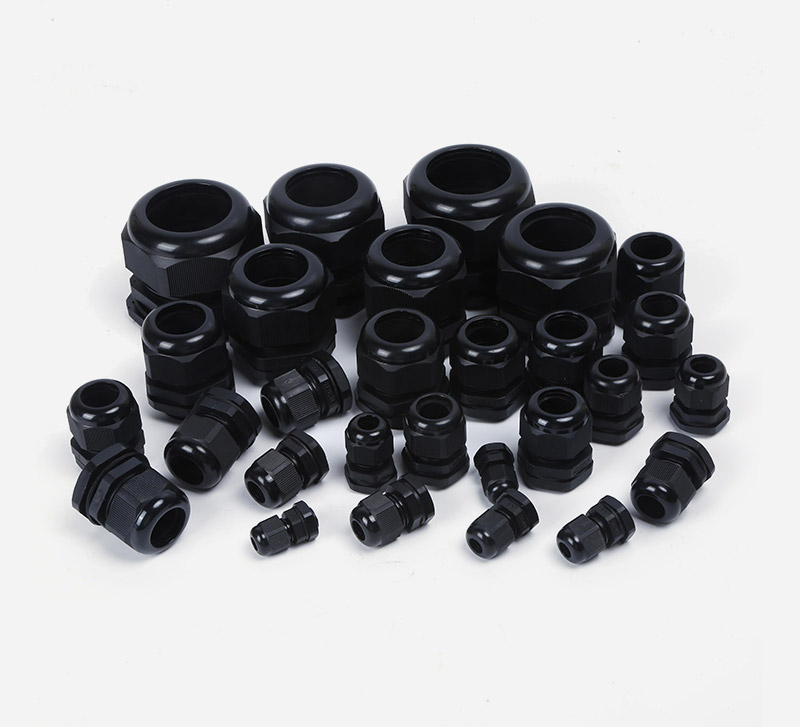How to choose Nylon Cable Glands, material advantages and misunderstandings
For industrial wiring or outdoor lighting, choosing the right cable gland model and material impacts equipment stability. Users often struggle with nylon-based glands—e.g., model matching, material doubts, or metal vs. nylon comparisons. This article answers these key questions to help you avoid pitfalls and understand nylon’s value.
How to Choose the Right Nylon Cable Gland Model?
Incorrect selection causes loose cables or protection failure. Focus on three core factors:
1.Match Inner Hole to Cable Diameter
Refer to product specs to avoid "too loose/too tight" issues:
2-5mm cables: Choose M8/PG7 (covers small diameters, seals dust/moisture).
10-18mm cables: Opt for M20/G1/2 (reasonable gap—no insulation damage or shaking).
≥20mm thick cables (e.g., industrial power lines): Use M30/PG29+ (some support up to 120mm diameter).
Note: Reserve 0.5-1mm error for cable insulation thickness.
2.Pick Protection Level & Thread Type
Harsh environments (outdoor, damp, dusty): Select IP68 (waterproof/dustproof for long-term immersion).
Thread matching: NPT (1/4"-2") for North America; G/PG threads for Europe/China. Wrong threads block installation or damage equipment.
Nylon vs. Brass/Stainless Steel: Core Advantages
Nylon outperforms metal in convenience, adaptability, and cost—ideal for small-batch, multi-scenario needs:
1.Lightweight & Easy to Install
Weight: 60% lighter than brass, 75% lighter than stainless steel (e.g., M20 nylon gland = 15g vs. 40g brass). Cuts shipping costs.
Installation: No heavy tools—use a regular wrench. Avoids scratching equipment/cables.
2.Corrosion-Resistant & Low-Maintenance
Metal flaws: Brass rusts in damp/acidic areas; stainless steel is costly/heavy.
Nylon benefits: PA66/PP nylon resists weak acids, salt spray, and -40℃~120℃ temps. 5+ year lifespan (30% longer than brass).
3.Cost-Effective & Flexible Inventory
Price: 1/3-1/2 of stainless steel, 20-30% cheaper than brass (saves initial investment for small batches).
MOQ: Low minimum orders + short production cycles. Reduces warehouse costs for SMEs.

Common Misunderstandings About Nylon Cable Glands
1.Poor Temperature Resistance?
Truth: Compliant nylon works for most industrial needs.
PA66 reinforced nylon: 150℃ short-term, -40℃~120℃ long-term (covers 80℃ max for most equipment).
Only extreme temps (>150℃, e.g., near furnaces) need special materials.
2.Weak Load-Bearing?
Truth: Meets conventional cable needs.
≤10mm cables: 5kg static load, 2kg dynamic load (fits equipment wiring/outdoor lights).
Wenzhou Chuangda Connector: Your Nylon Gland Partner
Founded in 2011, Wenzhou Chuangda specializes in waterproof cable glands with an "industry-trade integration" model:
Certifications: SGS, CE, IP68.
Nylon range: M8-M120/PG7-PG63 threads; PA66/PP materials.
Services: We have a professional after-sales team. Any problem will be handled within 1 working day and a solution will be provided within 3 working days. low MOQ, OEM/ODM (thread/seal adjustments).
Global reach: Exports to Russia, Middle East, Southeast Asia; cases in machinery, power, outdoor lighting.
Conclusion
Choosing the right nylon cable gland means matching cables to scenarios. Its lightweight, corrosion-resistant, and cost-effective benefits beat brass/stainless steel for most industrial uses. Myths like "poor temp resistance" are unfounded. For selection assistance or custom solutions, rely on a specialist supplier to transform glands into equipment protection – without the maintenance risk.







